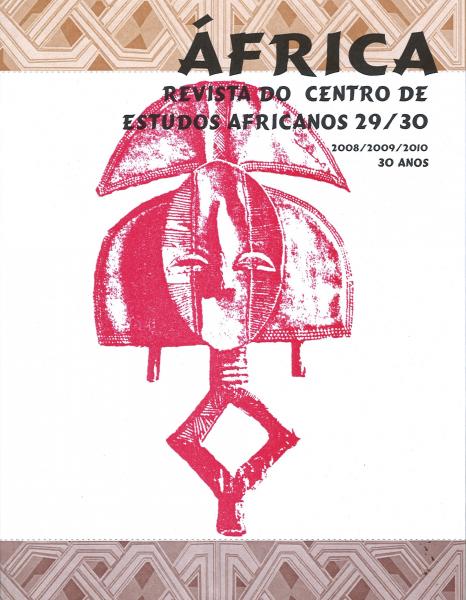A estátua de Salvador Correia de Sá em Luanda: a cidade alta, o poder colonial luso-brasileiro e o mito da "restauração"
DOI:
https://doi.org/10.11606/issn.2526-303X.v0i29-30p101-128Keywords:
Restoration, Luanda, Identity, Traffic, Elite.Abstract
Salvador Correia de Sá e Benevides represented to the population of Luanda until the independence of Angola, the three powers of the High City: the politicaladministrative power, that he exercised while governor for four years; the military power when, while general, has expelled the Dutchmen and, for that, accumulate the position of captain-mor of Luanda with the one of governor; and the own ecclesiastical power, due to his notable capacity to influence the religious orders, mainly the Jesuits. The myth of the “Restoration” associate to Salvador Correia’s prestige was shared by Angolan and by Portuguese settlers while stayed in their collective memory during the long period of Brazilian hegemony in the Angolan economy, supported by the slaves’ traffic. He survived to the extinction of Jesus’ Company and did get even toDownloads
Download data is not yet available.
Downloads
Published
2011-12-09
Issue
Section
Artigos
License
A reprodução de qualquer dado, mesmo em resumo, de matéria contida nesta publicação, só será permitida com a citação do nome, número e o ano desta revista.How to Cite
A estátua de Salvador Correia de Sá em Luanda: a cidade alta, o poder colonial luso-brasileiro e o mito da "restauração". África, [S. l.], n. 29-30, p. 101–128, 2011. DOI: 10.11606/issn.2526-303X.v0i29-30p101-128. Disponível em: https://journals.usp.br/africa/article/view/96110.. Acesso em: 26 jun. 2024.





